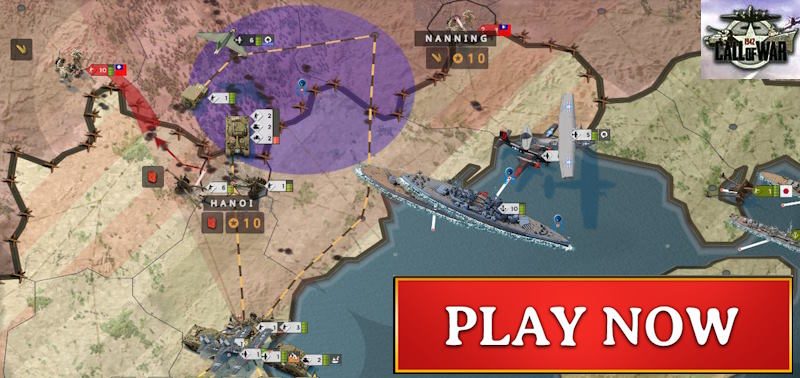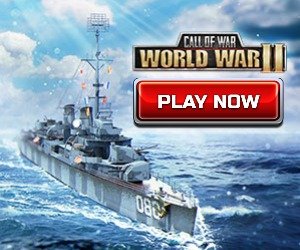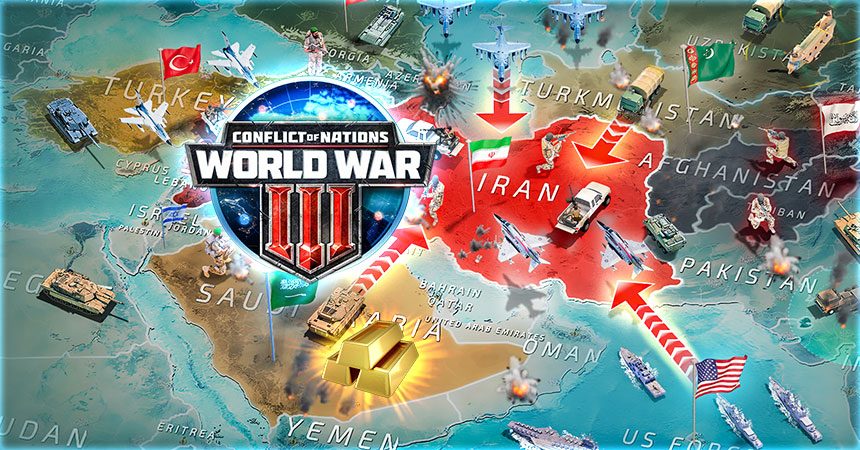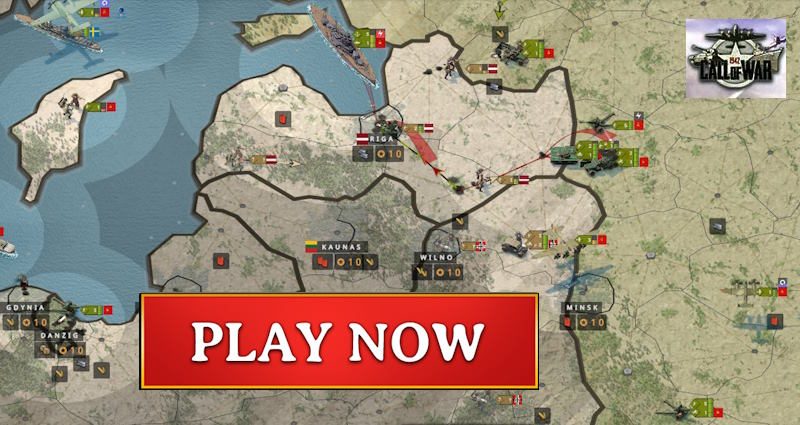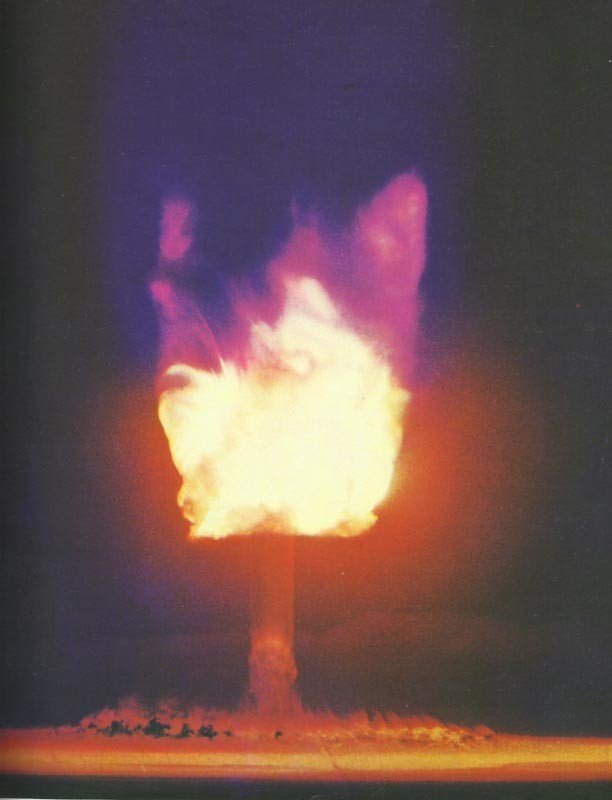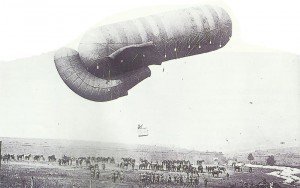Fighting Power Review: A Must-Read Military Analysis?

Fighting Power Review: A Must-Read Military Analysis?
Table of Contents
Looking to understand the contrasts in military performance between German and U.S. forces during World War II? I recently took a closer look at Fighting Power: German and U.S. Army Performance, 1939-1945 and found it quite insightful.
I have had the book for some time, as it is very important for the design of military simulations of the Second World War to explain the astonishing military performance of the Wehrmacht despite its clear numerical inferiority.
This book delves into the reasons behind the German army’s effectiveness compared to the U.S. forces. Drawing from extensive research and factual evidence, it presents a clear and well-supported analysis.
While the content is highly detailed and informative, the print quality isn’t the best. The text type could have been better, but it doesn’t take away from the book’s value if you’re serious about military studies.
Bottom Line
Fighting Power is a must-read if you are deeply interested in World War II military performance.
Its thorough research and analysis provide a compelling comparison of the two armies.
Don’t hesitate to click here to purchase Fighting Power and expand your understanding of World War II.
Overview of ‘Fighting Power: German and U.S. Army Performance, 1939-1945 (Contributions in Military Studies)’
I’ve taken a close look at Fighting Power and found several things you might like. The book compares the German and U.S. armies during World War II. It does a good job of showing differences in how the armies worked, their training, and their strategies.
The research is detailed and looks at various aspects like leadership, morale, and effectiveness. I found it easy to follow, even though it covers complex military ideas.
The text is thorough but not overwhelming. On the downside, some parts felt repetitive. Still, if you’re interested in military history, you’ll find a lot of valuable insights here.
Insight into Military Strategies
Reading through this book, I gained a deeper appreciation for how military strategies evolved during World War II. The contrasts between the German and U.S. armies are clearly laid out, making their approaches easy to compare.
Pros:
- Detailed analysis of tactics
- Clear explanations of complex maneuvers
- Real-life examples
Cons:
- Some chapters felt dense with information
- Occasional repetition in some sections
I found the book’s case studies to be particularly insightful. They provided concrete examples that illustrated broader strategies effectively. On the downside, the dense nature of some parts made it a bit tough to follow at times. Despite this, the value of the content made it worthwhile.
Historical Context and Impact
When I first picked up “Fighting Power,” I was keen to understand the differences between German and U.S. Army performance during WW2. The book highlights how the German army often outperformed the U.S. forces in key aspects despite facing tremendous odds. This was fascinating to read because it brought to light the organizational strengths and weaknesses of both militaries.
One thing that stands out is the detailed analysis of combat effectiveness. The book builds on earlier works, like those by Dupuy, providing in-depth research and documentation. This makes it a valuable resource for anyone serious about military studies. The analytical approach was eye-opening but did feel heavily focused on numbers at times, which might not appeal to all readers.
While the paper quality and text type seemed cheap, the content more than makes up for it. Still, some might find it lacks the immersive war scenarios they were hoping for.
Author’s Expertise and Research
From my own experience with this book and my background in military history, I can say it’s a valuable resource for those interested in World War II. I’ve been studying military strategies for years and found this book to be a thorough analysis.
My research involved comparing multiple sources, including Col. Dupuy’s works, to cross-check the information presented. The book from Martin van Crevefeld does a good job explaining concepts like “fighting power” with detailed documentation. Although the text quality isn’t great, the content makes it worthwhile.
Some readers may not enjoy the heavy focus on numerical data and analytical comparisons. But for someone invested in understanding the nuances of military performance, this book delivers well-researched content.
Pros and Cons
Pros
The content is engaging and insightful. It provides a deep analysis of the German and U.S. Army performances during World War II. I found the research to be thorough and the historical context rich.
The book builds on Col. Dupuy’s work and adds extensive documentation. This adds credibility and depth to the study, making it a valuable resource for serious students of military history.
I appreciated the clarity of the arguments presented. The author successfully explains the concept of “fighting power” and how it was applied by both armies. This made complex ideas more understandable.
Cons
One notable drawback is the cost. The book is quite expensive, which might deter casual readers or those on a budget. Given the price, it feels more suited for dedicated enthusiasts or academic use.
The physical quality of the book is disappointing. The type and paper used seem cheap, which diminishes the overall reading experience. It feels like a missed opportunity considering the high price point.
Some readers may find the content too analytical. The focus on numerical analysis and mathematical calculations might not appeal to those looking for more narrative-driven history. It lacks the dramatic storytelling that some war books offer.
Analyses of Customer Reviews
After looking through many customer reviews, I noticed some clear trends. Most people think the book offers deep insights into the performance of the German and U.S. armies during World War II. Many found the content unique and well-researched, making it worthwhile for serious students of history.
A few things didn’t sit well with some readers. While the content is praised, some complained about the book’s physical quality, saying the text type and paper felt cheap. Others mentioned that it contained a lot of data and numerical analysis, which might not appeal to those looking for vivid war stories.
Pros:
- In-depth analysis
- Well-researched content
Cons:
- Poor physical quality
- Heavy on data and numbers
Most of the feedback is positive, though, making the book a valuable addition for those really interested in military studies.
Conclusion
I found the content of “Fighting Power” both insightful and thorough. The book does a good job exploring the comparative performance of German and U.S. armies during WWII. The analysis is backed by empirical evidence and digs into factors like strategy, organization, and training.
On the downside, the book can be pretty dense, filled with numerical data and analysis. This might not appeal to everyone, especially those looking for a more narrative history.
The book’s construction isn’t top-notch. The text type and general quality feel a bit cheap. Despite this, the substance of the book remains strong and worth the read for serious WWII students.
It stands out as a solid resource for understanding the nuances of military effectiveness during this period. Overall, if you’re into detailed military studies, this book is a valuable addition to your collection.
Frequently Asked Questions
What factors contributed to the effectiveness of the German Army during World War II?
The efficiency of the German Army in World War II has always been a point of interest. From my reading of the book, it’s clear that their training regimen was rigorous and thorough. German soldiers received extensive tactical training, allowing them to make quick decisions on the battlefield. Their leadership structure was also highly effective, with a focus on mission-type tactics that granted junior officers quite a bit of autonomy.
How did the performance of the US Army compare to the German Army from 1939-1945?
When looking at the performance of the US Army in comparison, there are a few areas where differences stand out. The US Army had superior logistical support, which was crucial for sustaining long campaigns. While the German Army was highly effective in tactical situations, the US Army excelled in larger strategic operations. This often came down to superior resources and support systems that the US had in place.
What were the key differences in military strategy between the German and US armies during WWII?
The book outlines some key strategic differences between these two formidable forces. The German Army often employed Blitzkrieg tactics, focusing on rapid movement and surprise to overwhelm the enemy. On the other hand, the US Army used a strategy of attrition and overwhelming force. This approach aimed to crush the enemy through superior numbers and firepower, rather than the speed and maneuverability favored by the Germans.
How did the technology and equipment of the German Army influence its performance in the war?
The technology and equipment used by the German Army played a significant role in their effectiveness. They had a variety of advanced weapons and tanks that were ahead of their time. For example, the Panther tank and Tiger tank were formidable on the battlefield. This technological edge gave them a temporary advantage in many engagements despite often being outnumbered.
In what ways did the leadership impact the outcomes for the German and US armies in WWII?
Leadership was a critical factor in the outcomes for both the German and US armies. The German military leadership favored decentralized command structures, allowing lower-ranking officers to make decisions quickly on the ground. This sometimes created more adaptable and responsive units. Conversely, the US leadership focused more on centralized planning and coordination, which could sometimes slow down decision-making but ensured that operations were well-supported and coherent.
What lessons were learned from the performance of both the German and the US Army during WWII?
There are many lessons to be learned from examining the performance of both armies. For the German Army, the effectiveness of their training and tactical flexibility stood out, but reliance on rapid, aggressive tactics sometimes left them overextended. The US Army, on the other hand, highlighted the importance of robust logistical support and the ability to sustain prolonged campaigns. Both armies showed that leadership style and decision-making structures can significantly impact the effectiveness of military operations.


